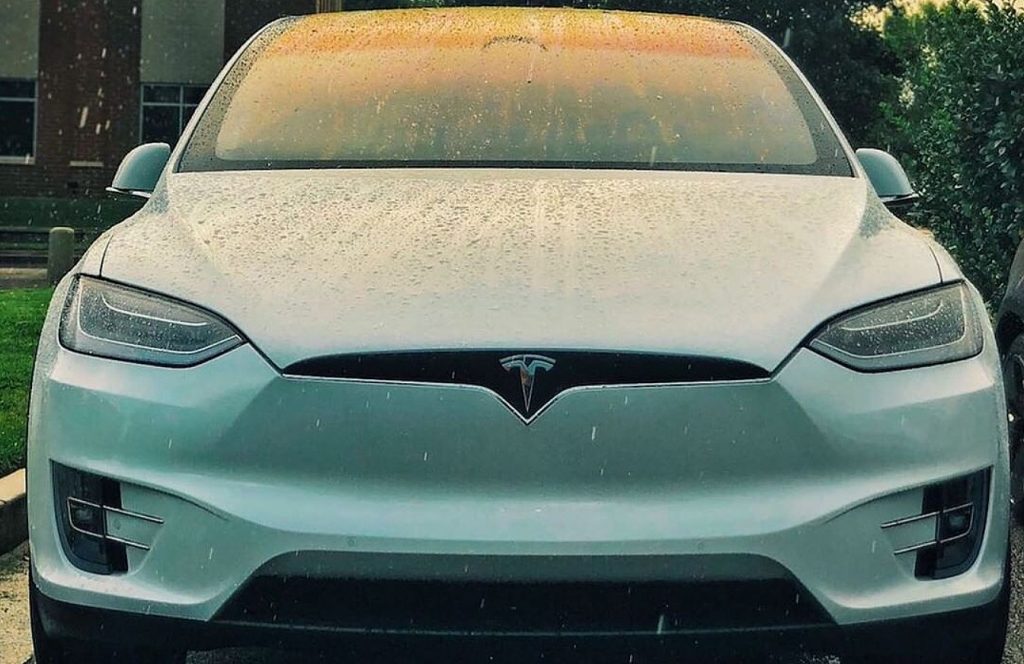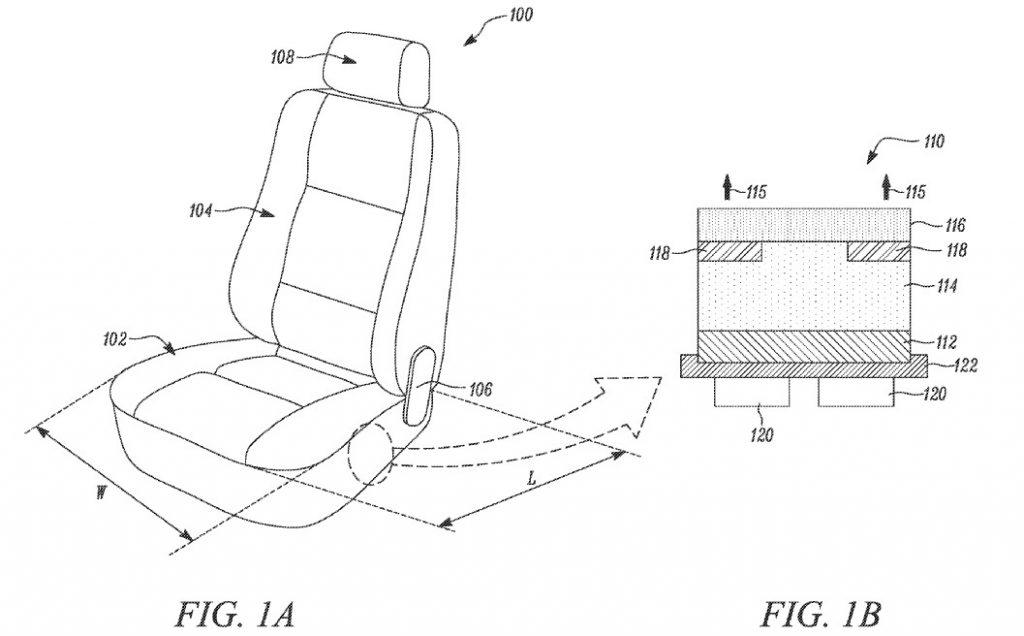It is no secret that Tesla’s electric vehicles are among the most efficient in the auto industry. This is shown in the gap between Tesla and its competitors when it comes to battery tech and just how far the company’s vehicles can last between charges.
The Model X, for example, is Tesla’s largest vehicle available today, yet it is far more efficient than competitors from veteran automakers such as the Audi e-tron and the Jaguar I-PACE, both of which are smaller and newer than the Silicon Valley-based company’s flagship crossover. Part of this is likely due to Tesla’s proprietary battery chemistry, as well as the design and components of its vehicles themselves.
Tesla optimizes its vehicles’ efficiency in several ways, from equipping its cars with software that optimizes the battery pack to using materials that simply consume less power. The less power is consumed by the car’s systems, after all, the more power there is that could be used to turn the wheels of the vehicle.

An example of this is described in a recently-published patent titled “Vehicle Seat with Integrated Temperature-Control System.” Tesla notes in its patent that heated seats could easily be very inefficient, as they require heat to travel through multiple layers of material.
“Attempts to provide air ventilation through the seat foam are typically insufficient to remove excess heat and provide a comfortable environment for the occupant. Further, conventional heating systems are bulky, occupy space in the seat which typically requires the seat to be thicker, and are inefficient in heating the seat as the heat typically must travel through multiple layers and heats regions of the seat that the occupant does not contact. Hence, there is a need for an improved temperature-control system for vehicle seats,” Tesla noted.
The electric car maker describes how its ventilated seat patent works as follows.
“The temperature-control system is associated with at least one of a seating portion and a backrest portion of the seat. The temperature control system includes a base layer. The temperature-control system includes an intermediate layer disposed adjacent to the base layer. The intermediate layer allows fluid to flow through it. The temperature-control system includes a cover layer disposed adjacent to the intermediate layer. The temperature-control system also includes at least one heating element disposed between the intermediate layer and the cover layer. The temperature-control system further includes a fluid pump to provide the flow of fluid through the intermediate layer,” the company wrote.

Tesla explains that the design outlined in its patent provides a low-cost, low-noise, power-efficient, and effective way of cooling or heating a vehicle’s seats. The company also explained that its patent could be incorporated in any seat, regardless of size and shape.
Tesla’s patent for its “Vehicle Seat with Integrated Temperature-Control System” could be accessed in full here.
Being a patent application, it is unknown if Tesla has or will utilize the design it described in the recently published document. Yet, regardless of this, it is difficult to not acknowledge the electric car maker’s constant efforts to improve its vehicles’ efficiency. In a way, the publication of this patent comes at a rather appropriate time for Tesla too, as the company is preparing to unveil its next vehicle, a pickup truck, later this year.
Pickup trucks are by tradition not the most efficient cars on the road, and even the Rivian R1T, a vehicle designed from the ground up to be all-electric, requires a massive 180 kWh battery pack to hit 400 miles of range. That’s a range that the Raven Tesla Model S is already approaching with its 100 kWh battery pack.
At this point in the EV race, it’s evident that the efficiency of Tesla’s electric cars is top-notch, and it will likely take a while before competitors can come close. Rivals will come for the company from several fronts, including veteran automakers and young, upstart manufacturers. But by being a moving target, it will likely be a very challenging task to catch up to Tesla. Very few companies out there could be just as dedicated and near-obsessive with improvement and innovation, after all.

(adsbygoogle = window.adsbygoogle || []).push({});
<!–
–>
var disqus_shortname = «teslarati»;
var disqus_title = «Tesla’s near-obsessive efforts to improve efficiency shown in new ventilated seat patent»;
var disqus_url = «https://www.teslarati.com/tesla-efficiency-ventilated-seats-patent/»;
var disqus_identifier = «teslarati-116733»;

